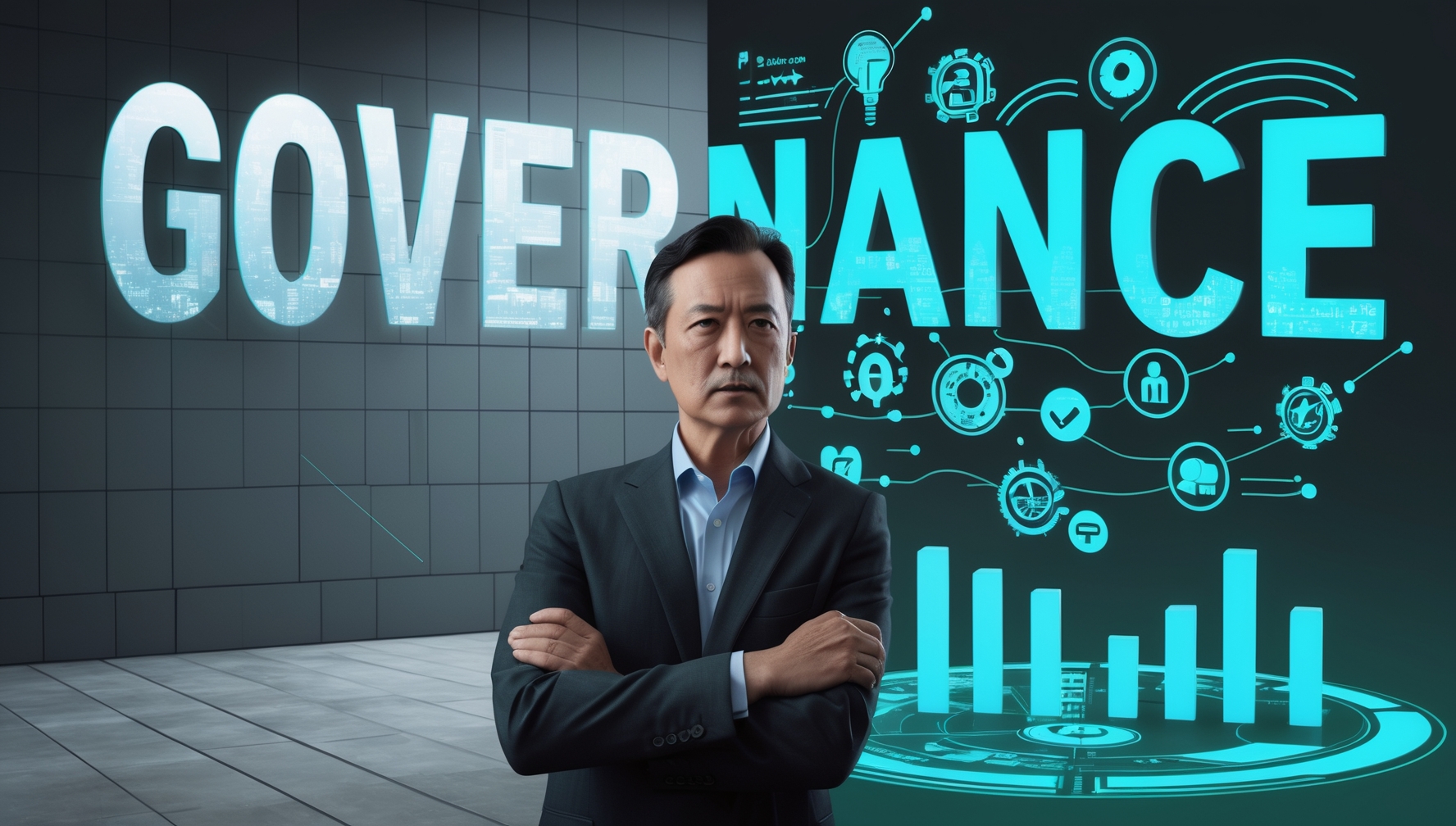CIO Blogs: Sharp Takes for Future Stakes
Bold opinions to challenge IT leaders and ignite visionary thinking.

CIOs, Stop Hiding Behind ROI—Nobody Believes You
This post explores why ROI fails modern IT investments and how CIOs can shift to outcome-focused metrics that highlight business impact, innovation, and trust. With case studies from Salesforce, Unilever, and Maersk, this guide shows how CIOs can align IT with strategy, boost credibility, and thrive in 2025’s high-stakes environment.

We Need to Talk About IT Governance’s Control Issues
This sassy intervention-style post tackles IT governance control issues head-on, highlighting how obsessive centralization and rigid policies hinder momentum in 2025’s cloud and AI-driven landscape, while providing a practical roadmap—including role clarification, business alignment, risk integration, feedback loops, and control categorization—to foster pervasive, trust-based governance that empowers teams, cuts bureaucracy, and enhances agility for better outcomes.

The Hidden Romance of IT Governance (Yes, Really)
This whimsical post spins IT governance into a poetic love story, critiquing initial resistances like misalignment and denial while celebrating the spark of trust, deepening bonds through intentional alignment, and practical steps—including assessment, transparency, strategic fostering, feedback loops, and categorization—to nurture governance as a beautiful, growth-oriented partnership in 2025, emphasizing its role in value delivery, risk mitigation, and business synergy.

If IT Governance Were a Person, It’d Be That One Guy at the Meeting Who Loves Saying ‘No’
This engaging post humorously anthropomorphizes IT governance as ‘Gary,’ the compliance-obsessed meeting buzzkill who embodies stereotypes of bureaucracy and risk aversion, explaining why such approaches fail in stifling innovation and fostering shadow IT, while proposing a transformative roadmap to reimagine governance as collaborative and enabling, with practical insights on agile integration and cultural shifts for better alignment and progress.

Why CIOs Can’t Prove IT’s Worth in 2025—and How to Change That
This blog post delves into the persistent challenge of CIOs failing to demonstrate IT’s business value, dissecting root causes like legacy mindsets and metric mismatches amid 2025 trends such as surging AI investments and talent shortages. It pivots to solutions, including reframing IT as an innovation engine, and outlines benefits like reduced risks and enhanced executive trust. Complete with a step-by-step roadmap—assess metrics, align goals, embed storytelling—this guide equips IT leaders to own outcomes, bridge silos, and transform skepticism into advocacy for sustainable organizational growth.

What If We Treated IT Governance Like UX?
This thought-provoking post challenges traditional IT governance by comparing it to UX design, critiquing its current pitfalls like bureaucratic slowdowns and shadow IT risks, while outlining a practical roadmap—including user journey mapping, core UX principles application, feedback loops, and categorization—to create intuitive, user-focused governance that enhances usability, builds trust, and addresses 2025 trends like AI ethics and pervasive models for better business alignment and innovation.

Stop Worshipping Frameworks. IT Governance Needs Rebels, Not Robots
Tired of governance that slows down everything but never delivers value? This post calls out framework worship and introduces the rebel mindset every CIO needs now.

The ‘Governance’ Word Makes Me Cringe—But I Still Believe in It
Governance has become a dirty word in tech—but what if we’ve just been doing it wrong? It’s time to trade red tape for real clarity. Here’s how.

Why IT Governance Feels Like a Buzzkill—and Why That’s Our Fault
IT governance gets a bad rap—but it’s not the concept, it’s the execution. Here’s why it feels like a buzzkill, and how we can rebuild it to empower, not control.

IT Governance Isn’t a Framework—It’s a Power Struggle
Governance frameworks aren’t failing us—our power dynamics are. Let’s talk about who really gets to say “no” and how to build governance that empowers, not obstructs.